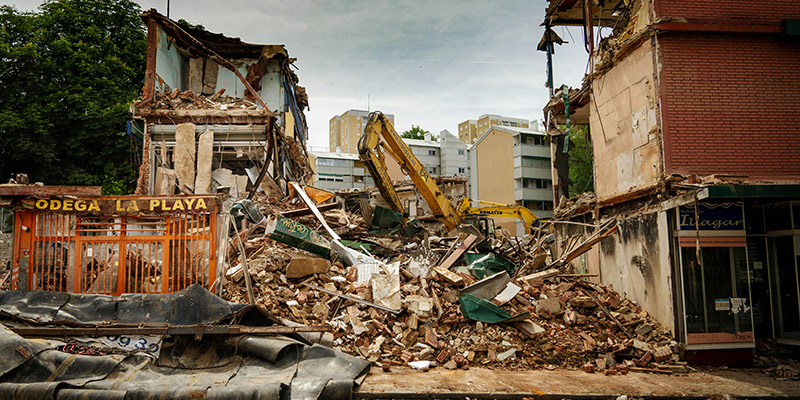Are Container Homes Safe in Earthquakes?Let’s Break It Down

If you’re thinking about living in a container house—especially in earthquake-prone areas like Japan, New Zealand, or California—you’re probably wondering: Can this metal box actually survive a quake? Let’s cut through the jargon and talk straight about safety, risks, and what you need to know.
1. Steel Is Naturally Earthquake-Resistant
Container houses are made of galvanized steel, which is flexible and corrosion-resistant. When an earthquake strikes, traditional brick or concrete houses may crack or collapse, but steel bends like a spring, absorbing the impact without breaking.
Many earthquake-resistant skyscrapers use steel frames, and container houses are essentially miniature steel structures. With proper engineering design, they can outperform traditional houses in earthquakes.
2. The Catch: Modifications and Anchoring
Containers are tough, but turning them into homes requires smart design. Mess this up, and you’ll weaken the structure:
3. Smart Design = Super Strong
A well-built container home can handle earthquakes better than traditional homes if you nail three things:
4. Red Flags to Avoid
Old, Rusty Containers: Damaged or corroded used containers lose strength. Always refurbish them properly.
DIY Overkill: Removing internal beams or adding heavy brick walls? Mixing steel with masonry can create weak points.
Ignoring Local Codes: Different regions have different earthquake resistance standards (e.g., Canada’s granny pods vs. Malaysia’s cabin offices). Hire pros who know your area’s standards.
5. Summary: Be safe, but don’t mess around with it yourself
Container homes can be earthquake-safe, but only with professional engineering and quality construction. Here’s the checklist:
Final tip: It’s okay to save money, but never cut corners on structural safety. Beware of suspiciously cheap prefab houses price lists or “temporary housing” deals—they’re often disaster traps. When in doubt, consult an expert!